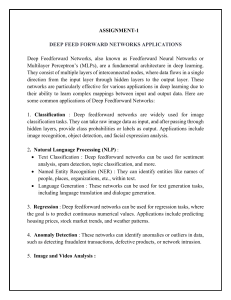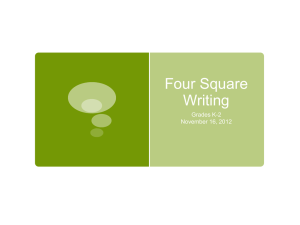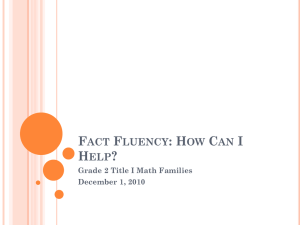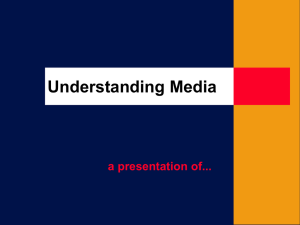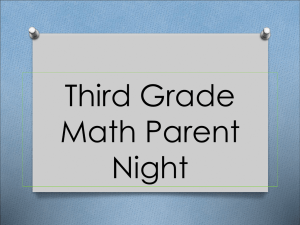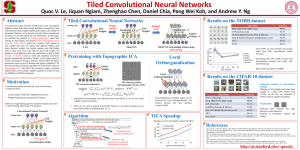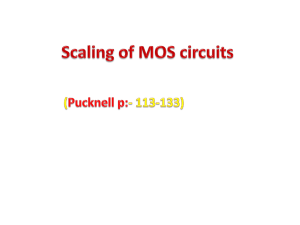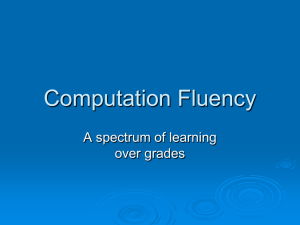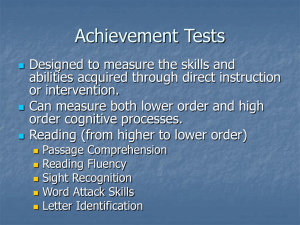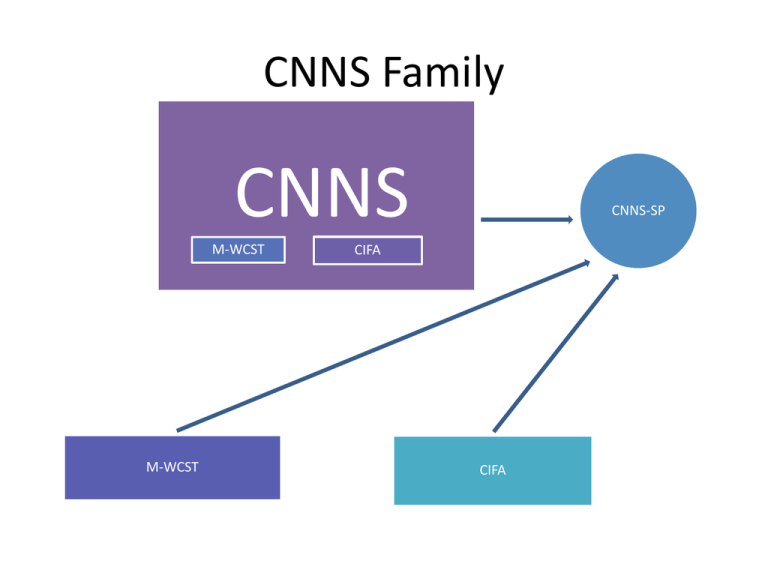
CNNS Family
CNNS
M-WCST
M-WCST
CNNS-SP
CIFA
CIFA
Sample
Johns Hopkins Aging, Brain Imaging, and Cognition (ABC) study
• Phase 1: 215 adults Baltimore MD, random calling
• Phase 2: 179 adults Baltimore and Hartford, random calling
• All participants underwent physical and neurological
examinations, psychiatric interviews, laboratory blood tests, brain
MRI scans, and cognitive testing
• 67 excluded (Parkinsons, TBI, drug abuse, etc.)
• Resulting sample of 327
List of CNNS Instruments
Scoring
Paper and Pencil- Manual
• Raw score to scaled score (1 to 20), one table for all
• Scaled to T scores, calibrated by age: 18 to 25, 26 to 30, etc. to
86+
• T to percentile- one table for all
Computer
• Raw to scaled
• Scaled to T, calibrated based on:
Age
Age, sex, and education
Age, sex, and race
Age, sex, education, and race
Age, sex, education, and HART A/B score
Age, sex, education, race, and HART A/B score
Age, sex, and HART A/B score
Age, sex, race, and HART A/B score
• T to percentile
• Qualitative label
Scoring (cont’d)
Computer
• Factor scores and profile (six scores, uses Standard Scores, %iles,
Qualitative label)
• Processing speed
• Attention/Working memory
• Verbal learning and memory
• Visual learning and memory
• Ideational fluency
• Executive functioning
• Factor discrepancies
• Additional discrepancies
Modified Wisconsin Card Sorting Test (MWCST)
• Part of CNNS, used CNNS sample for norming
• 48 cards
• Excludes 80 cards that share more than one attribute with a key card.
Therefore won’t score some responses as both correct and perseverative
• Administration instructions are easier
• Scoring is simpler and faster
• Easier to understand and better tolerated by adults diagnosed with
cognitive impairments
• Still maintains clinical sensitivity to various neurological and psychiatric
disorders
• Good summary of “why” on pages 2-3
Modified Wisconsin Card Sorting Test (MWCST)
•
Scaled score norms (1-20)
•
Scaled to T score conversion by age, education, and sex, and T to percentile
conversion
•
Qualitative labels
•
Executive Function Composite (also part of CNNS)
•
Scored with CNNS- SP
•
Print components:
– 48 cards
– 2 sided scoring sheet forms
Calibrated Ideational Fluency Assessment (CIFA)
• Part of CNNS, used CNNS sample for norming
• Generate verbal or visuoconstruction material as quickly as possible
• Require speed as well as self monitoring, working memory and strategy
generation
• Helpful in diagnosing: schizophrenia, bipolar disorder, Parkinson's disease
and TBI
• Interrater reliability = .94 and .97
• Test retest = .67 to .88
• Internal consistency = .73 to .82
Calibrated Ideational Fluency Assessment (CIFA)
• Scaled score norms (1-20)
• Scaled to T score conversion by age, education, and sex, and T to
percentile conversion
• Qualitative labels
• Ideational Fluency Composite (also part of CNNS)
• Discrepancy Scores
• Scored with CNNS- SP
• Print components:
– Record Booklet
• Design Fluency task, timed
• Verbal Fluency task S,P, Animals, Supermarket, timed

